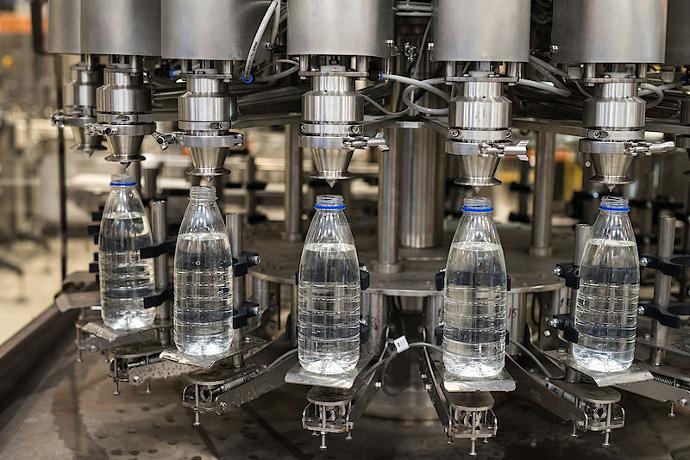
Filtration Technology
Filtration is a process that utilizes physical, chemical, or mechanical methods to remove suspended impurities, particles, or contaminants from fluids. The core objective is to enhance product quality and stability, reduce equipment failures and maintenance costs, and strengthen process control and energy efficiency to meet regulatory and safety standards (such as GMP, ISO, FDA).
Explore more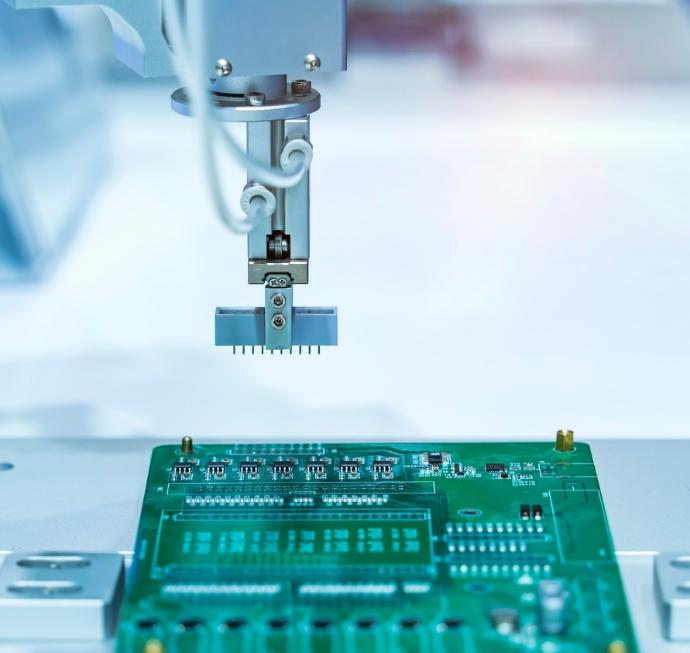
Adhesive Technology
Adhesive technology involves the permanent bonding of two or more different materials using physical or chemical mixing mechanisms. From structural fixation, waterproof sealing, electrical insulation, to optical transparency applications, adhesive technology not only affects product performance and appearance but is also a key assembly and process integration aspect in modern manufacturing.
Explore more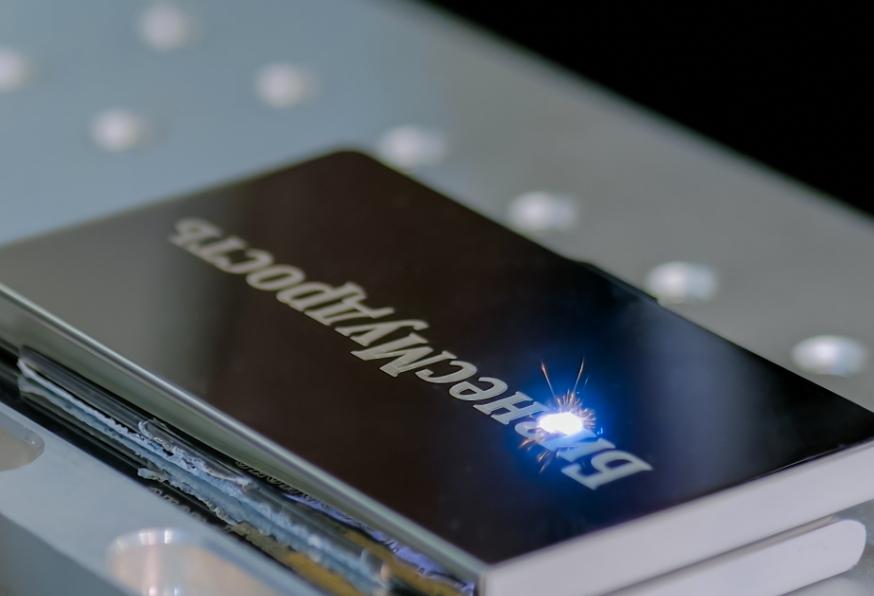
Product Marking (Identification) Technology
Product marking is an indispensable part of the manufacturing industry, used to present product information, trace origins, distinguish batches, or manage anti-counterfeiting. As industries move towards smart manufacturing, regulatory compliance, and supply chain traceability, marking technology is evolving towards automation and variable data management.
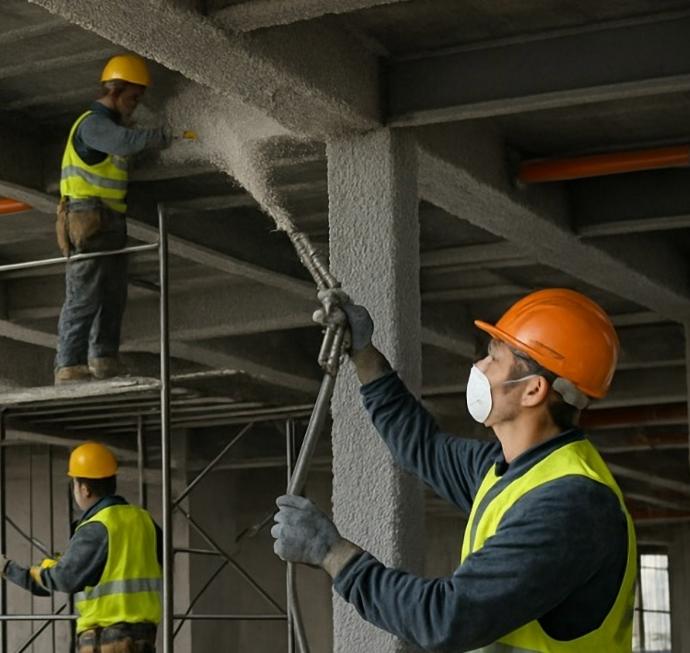
Fireproof Technology
Fireproof materials are key materials that can delay flame spread, suppress smoke generation, and maintain structural stability at high temperatures. They are widely used in industries with high safety requirements, such as construction, electronics, transportation, energy, and healthcare.
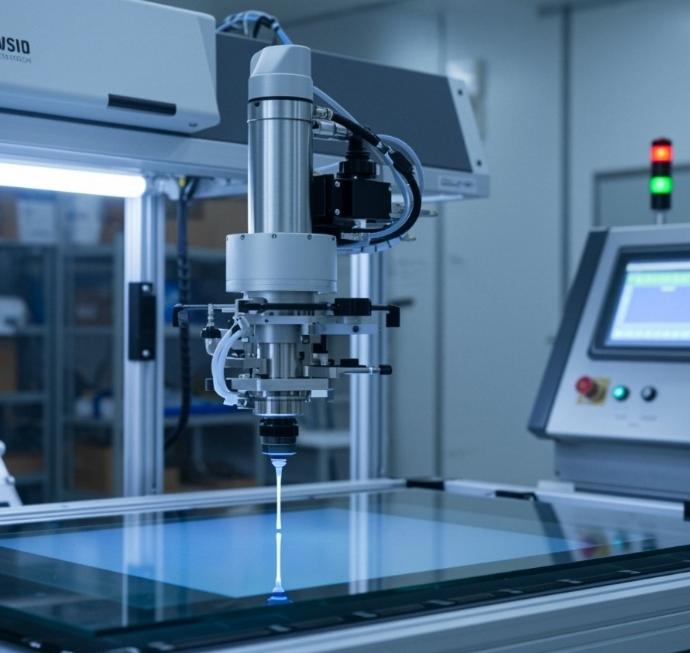
UV Curing Technology
UV adhesives (ultraviolet light curing adhesives) are single-component adhesives that rapidly cure upon exposure to ultraviolet light, featuring fast curing, excellent transparency, low volatility, and environmentally friendly properties. They are widely used in precision manufacturing fields such as electronics, medical devices, optics, and automotive.
Explore more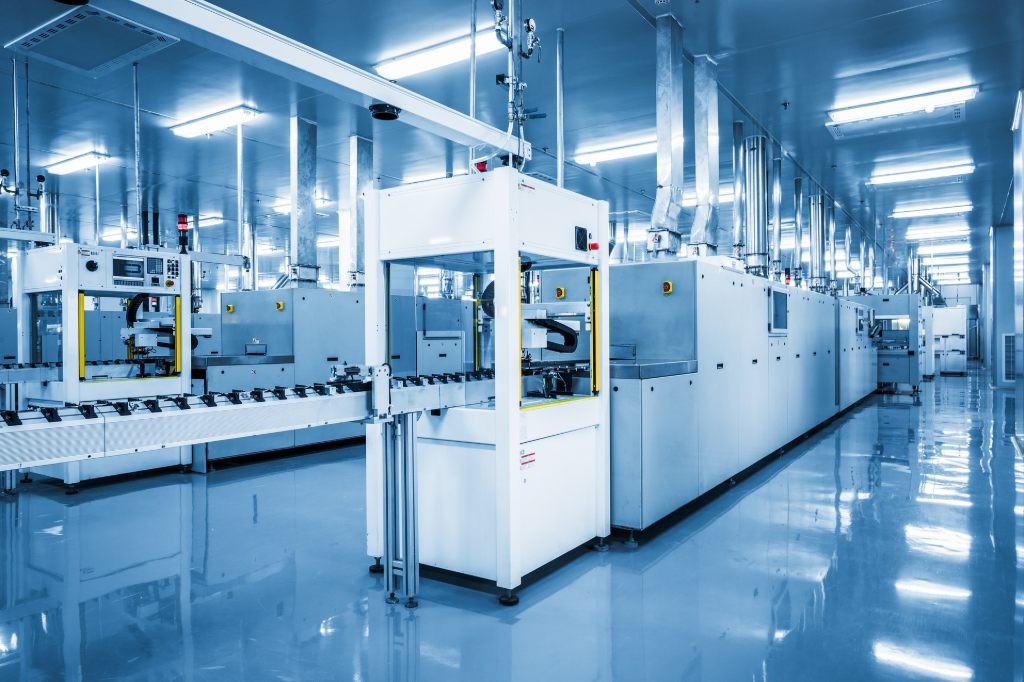
Non-Contact Dust Collection Technology
Non-contact dust collection is a technology that achieves efficient removal of dust/particles without direct contact with the surface of the workpiece through airflow control, static electricity, or vacuum suction. This dust collection method is commonly applied in high-speed or high-cleanliness precision production environments, effectively enhancing production line efficiency, maintaining product quality, and extending equipment lifespan.